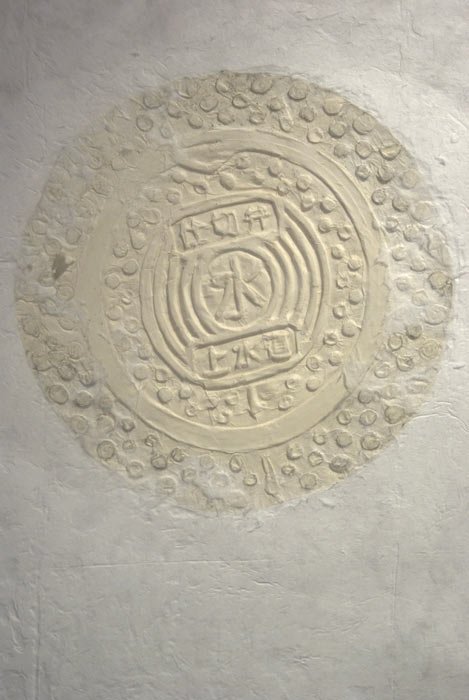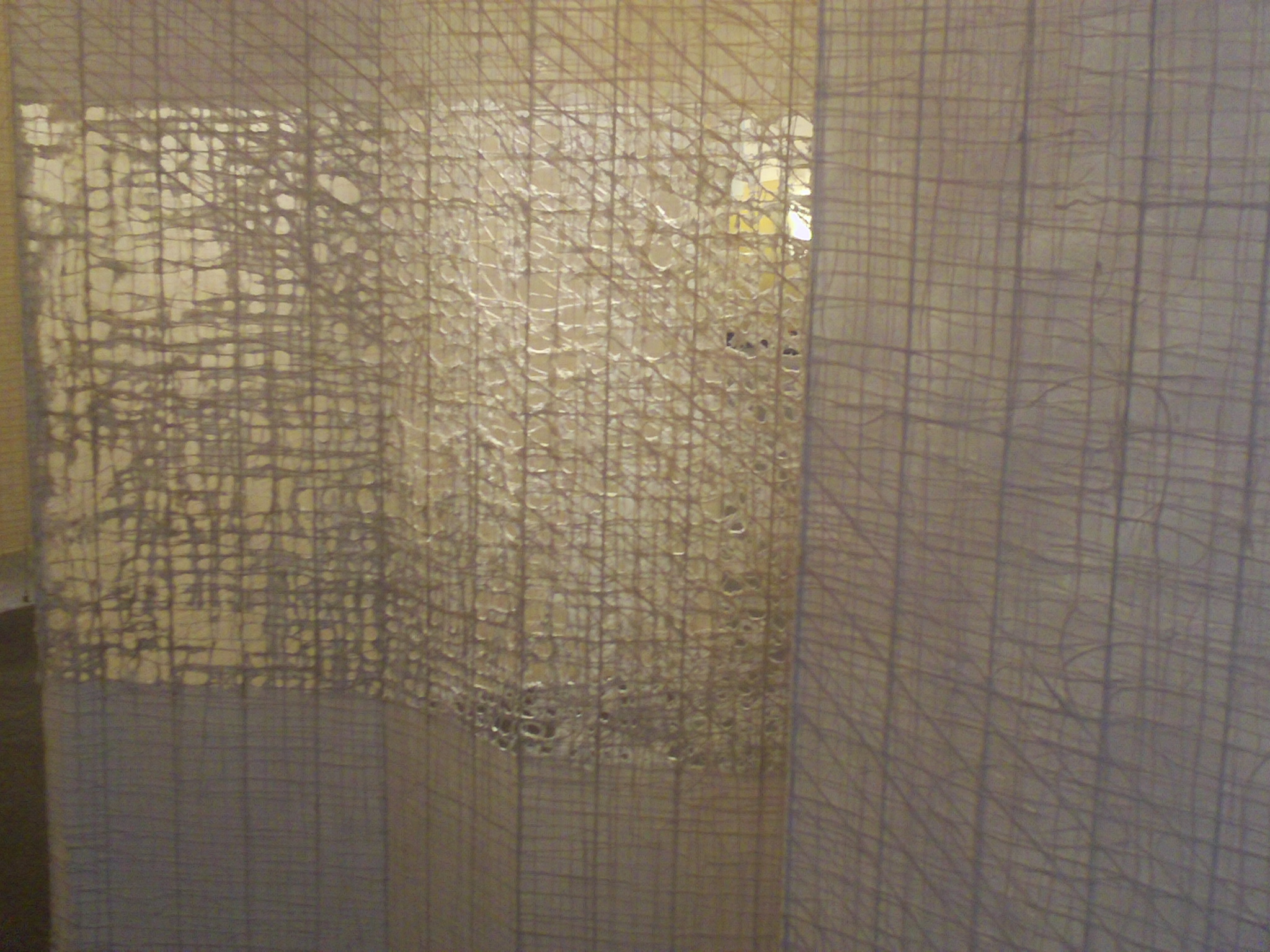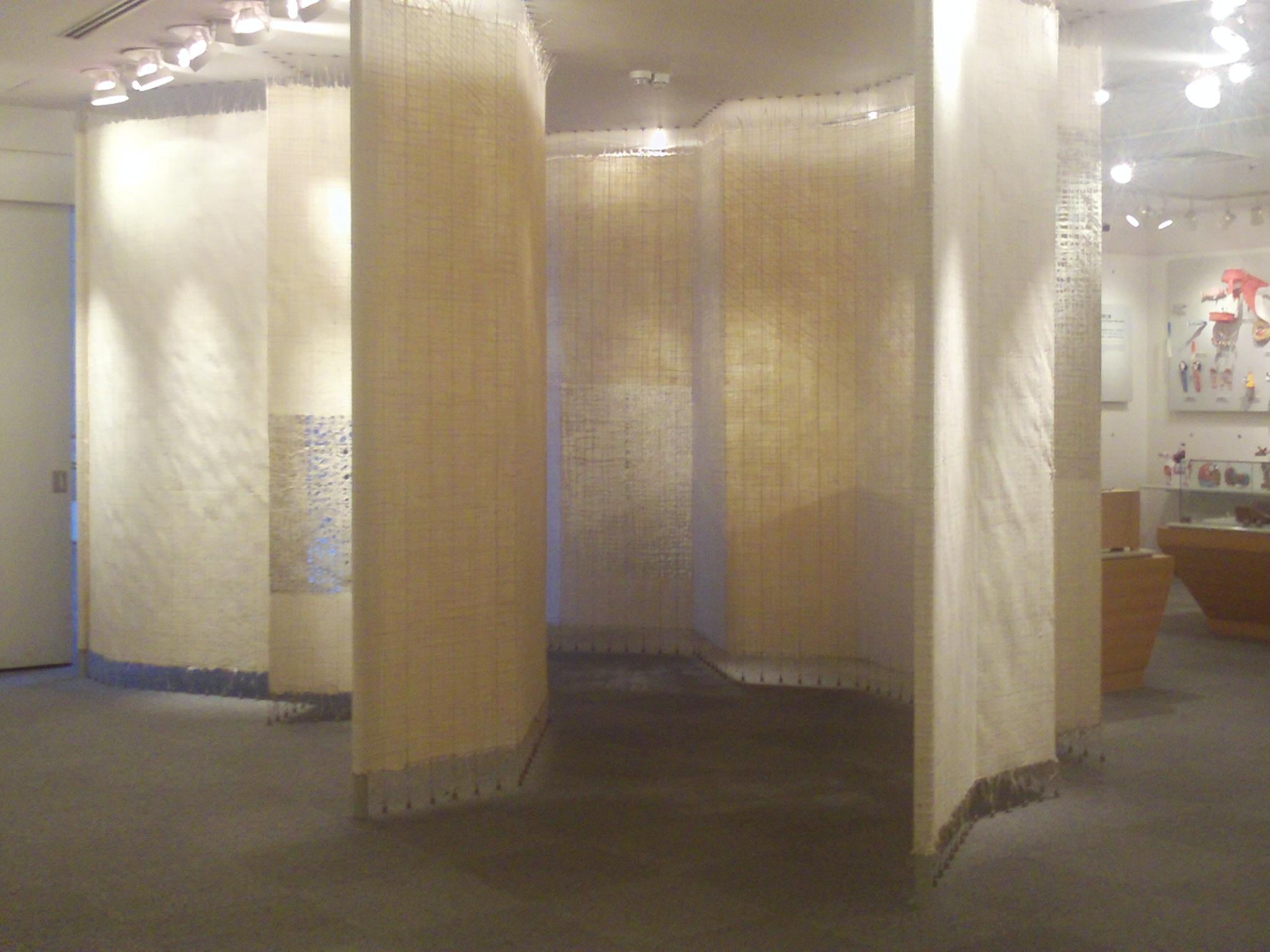Washi is made from kozo (paper mulberry), mitsumata (a plant of the daphne genus) and gampi (another daphne plant). Traditional Japanese paper is known for its strength and quality and because it is handmade each sheets have unique irregularities in thickness and color. The size of Washi in the old days was 1 saku 1 sun (33.3cm) x 8sun (24.4cm) and in Mino another size was 1 shaku x 3sun (39.4cm) x 9 sun (27.3cm). The average size of Washi today is the following:
Shojigami (screens and windows) 63.3 x 93.9cm;
Gasenshi (calligraphy)72.7 x 136.5 cm;
Hoshoshi (High grade official documents)39.4 x 53.0 cm;
Udagami (mounting paper)31.8 x 45.5 cm
I made large sheets of Washi that is 3 x 6ban (97.0 x 188cm). The difference between making the large sheets and the small sheets is the size of the mold. The large paper use a pour technique (similar to European style) instead of “Nagashizuki” (swishing water over a woven bamboo tray)
In Japan today you find artists likeHoriki Eriko that makes large scale paper for interiors and calls it “Architecture Washi” that can measure up to 10 meters for one sheet. Her technique is secret with patent protection and one can just wonder how she are able to control the size and consistent quality of her paper. Check out her website. In the next post I will show the technique in making large scale Washi paper.
Please continue to the second part of making large Japanese Paper 2 with photos of the process and a Video.






What do you think?